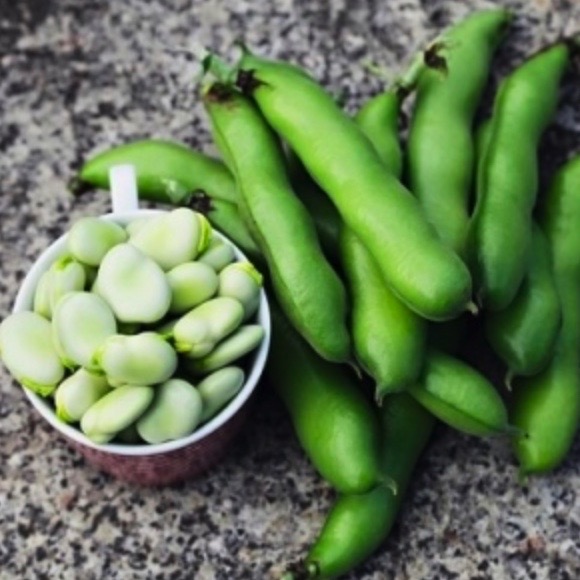Phosphorus deficiency enhances water deficit impact on some morphological and physiological traits in four faba bean (Vicia faba L.) varieties

Accepted: 22 September 2020
HTML: 190
All claims expressed in this article are solely those of the authors and do not necessarily represent those of their affiliated organizations, or those of the publisher, the editors and the reviewers. Any product that may be evaluated in this article or claim that may be made by its manufacturer is not guaranteed or endorsed by the publisher.
Highlights
- Varieties tolerant to low phosphorus and water deficiency are needed in arid and semi-arid regions with low P.
- Phosphorus nutrition is advantageous for mitigating the effect of water deficit on faba bean (Vicia faba) plants and conversely, deficient P supply reduces resilience to water deficit.
- The faba bean variety Aguadulce showed high tolerance to the combined effect of water deficit and phosphorus deficiency in terms of growth, leaf water potential, stomatal conductance, membrane permeability and glycine betaine accumulation.
- Reina Mora was the least tolerant variety to water deficit combined with P limitation.
- Combined limitation of water and phosphorus induced accumulation of glycine betaine in leaves.
Moroccan soils, generally present low available phosphorus (P) levels which occur in almost all arid and semi-arid regions. Faba bean is one of the most significant crops in Morocco and is influenced by these constraints that affect its nutrient uptake and nitrogen fixation capacity and hence plants development. Therefore, we evaluated the response of four Vicia faba varieties - Aguadulce (Ag), Alfia (Al), Luz de Otono (LO) and Reina Mora (RM) -, grown under biological nitrogen fixation to water deficit and two phosphorus levels. The trial was conducted under greenhouse conditions and water stress was induced by keeping pots at 40% substrate field capacity (FC) versus 80% FC for the controls while phosphorus deficiency treatment consisted in the application of 25 μmol P plant−1 week−1 versus 125 μmol P plant−1 week−1 for sufficient P treatment. The results revealed a significant effect of water deficit and phosphorus deficiency either alone or combined on plants dry weights, leaf water parameters and nutrient concentrations. However sufficient phosphorus supply mitigated the adverse effects of water deficit on faba bean. We noticed significant differences between the studied varieties. Ag showed high performance concerning dry weights (1.25 g and 1.88 g plant–1 respectively for shoot and root) and high concentration of nitrogen N (4.7%) and P (0.27 mg g–1 DW) and was then qualified as the most tolerant variety to water deficit combined with P limitation. While RM was the least tolerant variety, as it showed the lowest dry weights (0.51 g and 1.4 g plant–1 respectively for shoot and root) and concentration (2.74% and 0.19 mg g–1 DW respectively for N and P). The tolerance was related to the ability to ensure efficient osmoregulation by glycine betaine accumulation, to keep leaf water balance and cell membrane stability that contribute together with adequate symbiotic nitrogen fixation to plant growth performance under combined stresses.
How to Cite
PAGEPress has chosen to apply the Creative Commons Attribution NonCommercial 4.0 International License (CC BY-NC 4.0) to all manuscripts to be published.

 https://doi.org/10.4081/ija.2020.1662
https://doi.org/10.4081/ija.2020.1662



